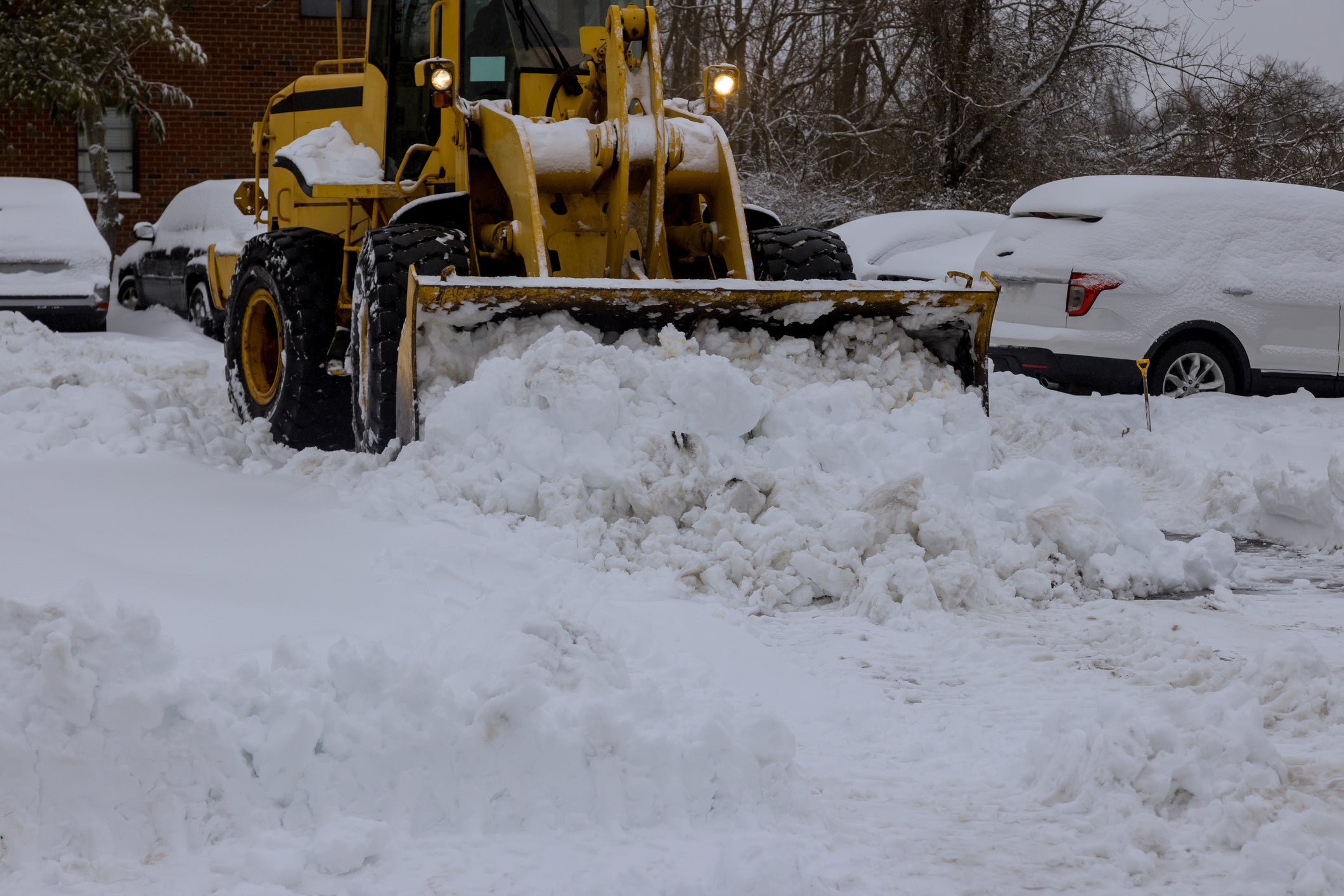Winter storms bring not only a picturesque landscape but also a host of safety challenges. To ensure you and your loved ones stay safe during these frigid conditions, it's crucial to adopt a proactive approach. Let's delve into comprehensive guidelines that cover everything from monitoring weather forecasts to safeguarding your mental well-being.
1. Introduction
Winter storms are beautiful yet potentially hazardous phenomena. While they transform the world into a winter wonderland, they also pose risks to your safety. Whether you're at home, on the road, or simply enjoying the snow, being well-prepared is the key to navigating winter storms unscathed.
2. Monitoring Weather Forecasts
To stay ahead of a winter storm, keeping an eye on weather forecasts is paramount. Rely on trusted sources for up-to-date information and pay attention to weather warnings. Understanding the severity of the storm allows you to make informed decisions about your activities.
3. Emergency Preparedness Kit
An emergency preparedness kit is your lifeline during a winter storm. Stock it with essentials such as non-perishable food, water, first aid supplies, and warm clothing. Regularly update the kit to ensure its contents remain fresh and relevant.
4. Home Winterization
Prepare your home for the winter onslaught by insulating windows and doors. Check heating systems to ensure they function optimally, preventing potential breakdowns during the coldest times.
5. Safe Travel Tips
If travel is unavoidable, prepare your vehicle with winter essentials. Drive cautiously, allowing for increased braking distances, and be aware of changing road conditions. Your safety is paramount on icy roads.
6. Dressing for Extreme Cold
Layering is the key to staying warm in extreme cold. Choose appropriate winter gear, including insulated jackets, hats, and gloves, to keep the cold at bay.
7. Avoiding Hypothermia and Frostbite
Recognizing the symptoms of hypothermia and frostbite is crucial. Act promptly if you or someone around you shows signs of these conditions. Seek warmth and medical attention immediately.
8. Protecting Your Pets
Don't forget about your furry friends during a winter storm. Provide shelter, warmth, and consider special considerations for animals in cold weather, such as pet-friendly ice melt.
9. Clearing Snow Safely
When it comes to snow removal, adopt proper techniques and use the right tools. Prevent injuries and strain by lifting snow correctly and taking breaks as needed.
10. Understanding Ice Hazards
Identify black ice and take precautions when walking on icy surfaces. Footwear with good traction and slow, deliberate steps can help prevent slips and falls.
11. Power Outage Preparedness
Prepare for potential power outages by having backup power options such as generators or alternative heating sources. Preserve food and stay warm with proper planning.
12. Community Resources
Be aware of local emergency services, shelters, and assistance programs. In times of need, these resources can provide invaluable support to the community.
13. Communication Strategies
Maintain open communication with family and neighbors during a winter storm. Establish emergency contact plans to ensure everyone's well-being.
14. Mental Health Considerations
Winter blues can be challenging. Recognize the signs of seasonal affective disorder and take steps to address isolation. Stay connected with loved ones and engage in activities that boost your mood.
15. Conclusion
Staying safe during a winter storm requires a combination of preparedness, caution, and community support. By following these comprehensive guidelines, you can navigate winter storms with confidence, safeguarding your well-being and that of those around you.
FAQs: Winter Storm Safety
-
How often should I update my emergency preparedness kit?
- It's recommended to update your emergency kit at least twice a year, preferably before the winter and summer seasons.
-
What should I include in my vehicle's winter essentials kit?
- Your vehicle kit should include a blanket, flashlight, extra batteries, non-perishable snacks, and a small shovel.
-
How can I identify signs of hypothermia in myself or others?
- Symptoms of hypothermia include shivering, confusion, slurred speech, and drowsiness. If you notice these signs, seek warmth immediately.
-
What's the best way to clear snow from my driveway without straining my back?
- Use a snow shovel with an ergonomic design, lift with your legs, and take breaks to avoid overexertion.
-
Are there community programs that assist with winter storm preparedness?
- Many communities have programs that provide assistance with winter storm preparedness, including information on shelters and emergency services. Check with local authorities for more information.

